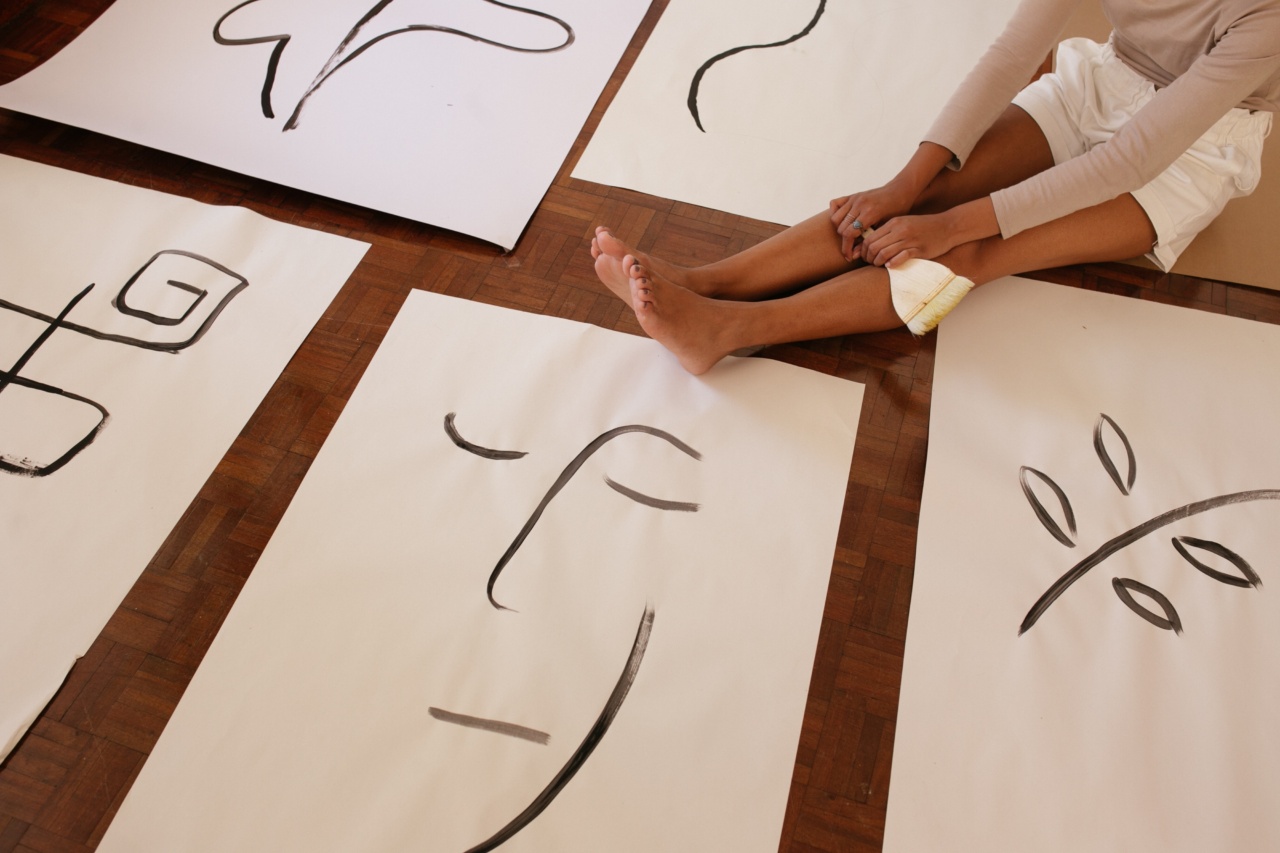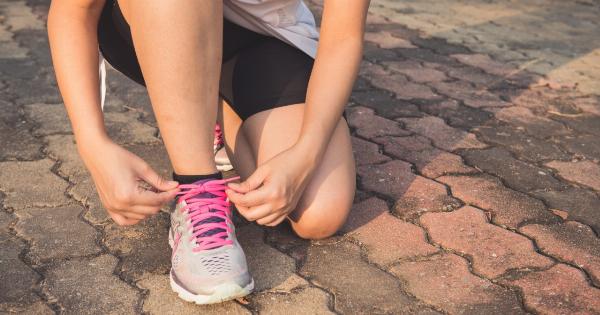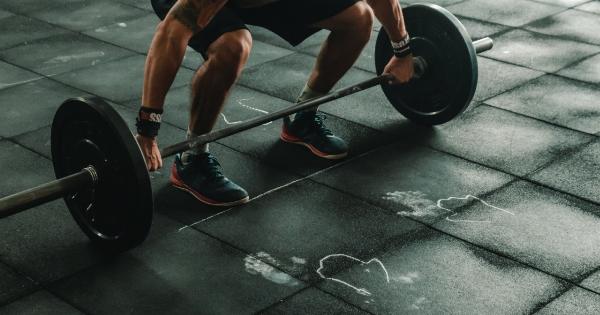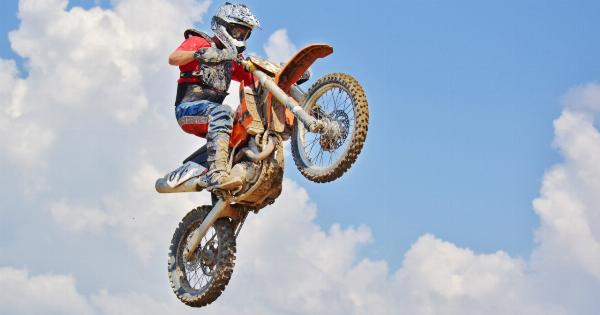Life is a journey that we all embark on from the moment we are born.
However, have you ever stopped to think about how much life you have left? It’s a daunting question, but one that can be answered in a rather unconventional way – by sitting on the floor. Yes, you read that right. The way you sit on the floor can actually reveal a lot about your overall health and longevity. So, grab a comfortable spot on the floor and let’s dive into this fascinating topic!.
The Sitting-Rising Test: A Window to Your Life Expectancy
The sitting-rising test, or SRT for short, is a simple assessment that measures the ease with which you can sit down on the floor and get back up again.
Developed by Brazilian physician Claudio Gil Araujo, this test is based on the idea that the ability to perform basic movements like sitting and standing without difficulty is a good indicator of overall health and life expectancy.
The Mechanics of the Test
The SRT is quite straightforward. You start by standing tall, and without using your hands or knees for support, you have to lower yourself to a seated position on the floor. After that, you have to stand back up, again without any external support.
To make things a bit more challenging, points are deducted for using a hand, forearm, or knee as a support, as well as losing balance during the movements.
The test is scored out of 10, with five points assigned to sitting down and five points assigned to standing back up. So, a perfect score would be 10, indicating excellent overall mobility and balance.
What Does Your Score Mean?
Research has shown that the SRT score is strongly correlated with mortality rates.
In fact, a study published in the European Journal of Cardiology found that people who scored less than eight points on the test were twice as likely to die prematurely within the next six years compared to those who scored higher.
Each point decrease in the SRT score was associated with a 21% increase in mortality from all causes. This means that the way you sit and rise from the floor can quite literally be a matter of life and death.
Why Does the SRT Work?
You might be wondering how such a simple movement pattern can have such a profound impact on life expectancy. The answer lies in its ability to assess a wide range of physical capabilities, such as strength, flexibility, balance, and coordination.
The SRT requires strong core and leg muscles to lower yourself down and stand back up, flexibility in your hips, knees, and ankles to achieve a deep squat position, and balance and coordination to perform the movements smoothly without using your hands for support.
Improving Your SRT Score
If your SRT score is less than ideal, don’t despair! The good news is that you can improve your score with regular practice and targeted exercises. Here are a few tips to get you started:.
1. Strengthen Your Core
A strong core is essential for maintaining stability and balance during the SRT. Incorporate exercises like planks, boat poses, and Russian twists into your workout routine to strengthen your core muscles.
2. Work on Your Leg Strength
Strong leg muscles are crucial for lowering yourself down and standing back up from the floor. Include exercises like squats, lunges, and step-ups to strengthen your leg muscles and improve your SRT score.
3. Improve Your Flexibility
Flexibility plays a key role in achieving a deep squat position during the SRT. Regular stretching exercises for your hips, knees, and ankles, such as butterfly stretches, deep squats, and calf stretches, can help enhance your flexibility.
4. Enhance Your Balance and Coordination
Improving your balance and coordination will not only help you during the SRT but also in your daily life. Incorporate activities like yoga, tai chi, and balance exercises into your routine to enhance your overall balance and coordination.
Conclusion
The sitting-rising test is a simple yet powerful tool that can offer insights into your overall health and life expectancy.
By sitting on the floor and evaluating how easily you can perform the movements, you can gain valuable information about your physical capabilities.
If your SRT score is lower than desired, don’t worry.
With dedication, regular exercise, and a focus on strengthening your core, legs, and improving flexibility and balance, you can enhance your score and improve your overall health and longevity.






























